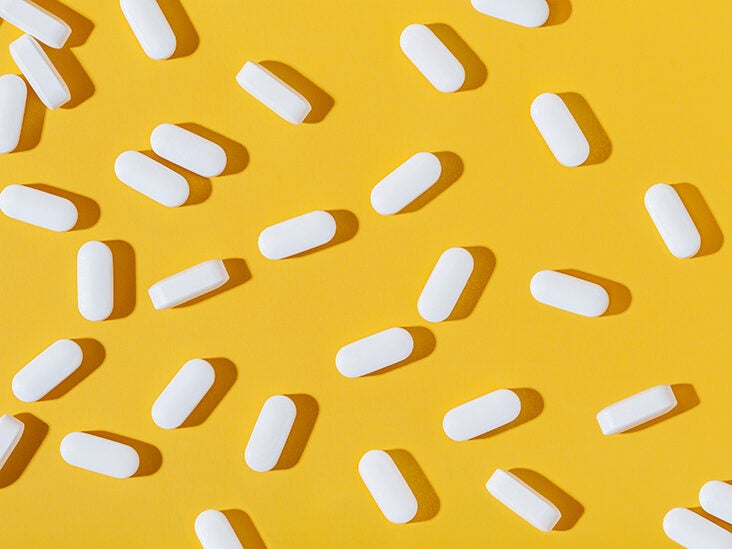

Try soda crackers, toast, eggs, rice or chicken. Add semisolid and low-fiber foods gradually as your bowel movements return to normal.Drink plenty of liquids, including water, broths and juices.To help you cope with your signs and symptoms until the diarrhea goes away, try to do the following: Request an Appointment at Mayo Clinic Clinical trialsĮxplore Mayo Clinic studies testing new treatments, interventions and tests as a means to prevent, detect, treat or manage this condition.ĭiarrhea usually clears up quickly without treatment. You might be referred to a specialist, such as a gastroenterologist, who can help devise a treatment plan for you. If your diarrhea is caused by a more serious condition, such as inflammatory bowel disease, your doctor will work to control that condition. If your doctor determines that an antibiotic caused your diarrhea, he or she might lower your dose or switch to another medication. But certain fruit juices, such as apple juice, might make diarrhea worse.įor children, ask your doctor about using an oral rehydration solution, such as Pedialyte, to prevent dehydration or replace lost fluids. You can help maintain your electrolyte levels by drinking fruit juices for potassium or eating soups for sodium.

Water is a good way to replace fluids, but it doesn't contain the salts and electrolytes - minerals such as sodium and potassium - that are essential for your body to function. If drinking liquids upsets your stomach or causes vomiting, your doctor might recommend getting IV fluids. For most adults, that means drinking water with electrolytes, juice or broth. Your doctor likely will advise you to replace the fluids and salts. If a virus is causing your diarrhea, antibiotics won't help. Antibiotics or anti-parasiticsĪntibiotics or anti-parasitic medications might help treat diarrhea caused by bacteria or parasites. If you've tried lifestyle changes and home remedies for diarrhea without success, your doctor might recommend medications or other treatments. Most cases of acute diarrhea clear on their own within a couple of days without treatment. They may remove a tissue sample (biopsy) for analysis in the laboratory. Doctors use a long, thin tube with a camera on the end to examine your stomach and upper small intestine.

Flexible sigmoidoscopy provides a view of the lower colon, while colonoscopy allows the doctor to see the entire colon. The device is also equipped with a tool that allows your doctor to take a small sample of tissue (biopsy) from your colon.

Using a thin, lighted tube that's inserted in your rectum, your doctor can see inside your colon.


 0 kommentar(er)
0 kommentar(er)
